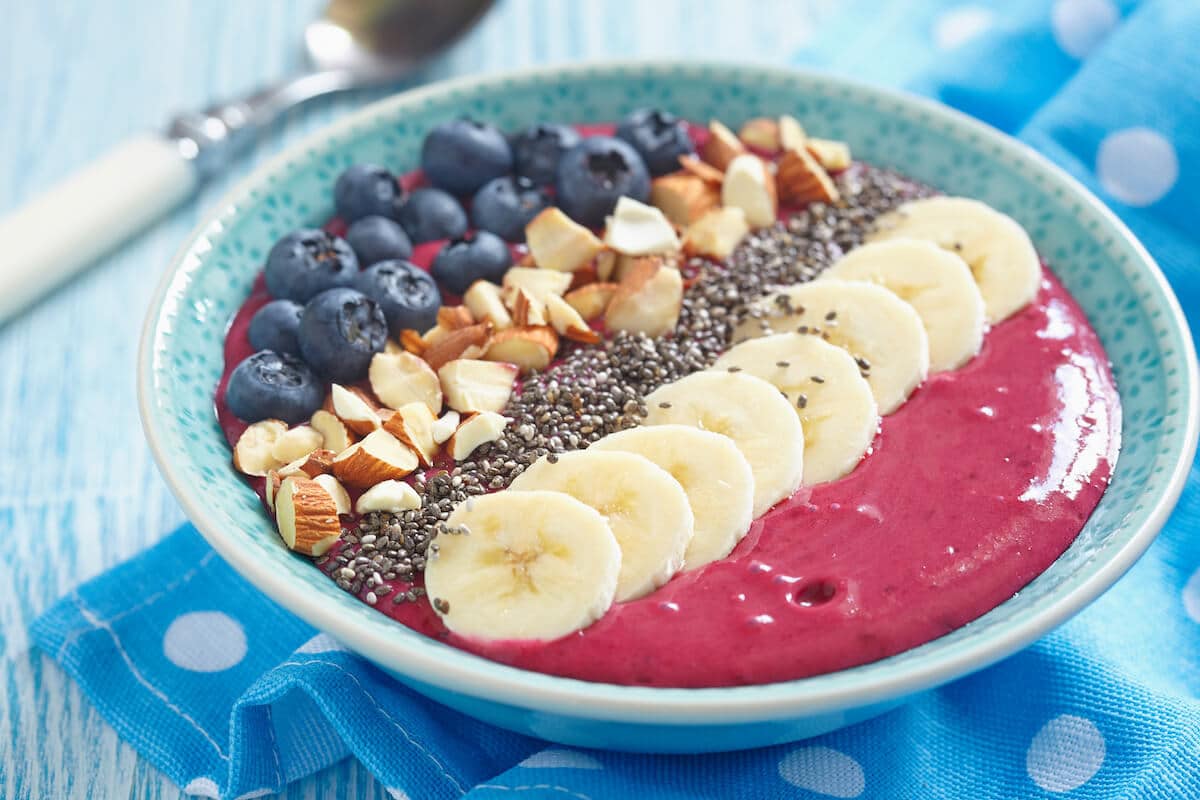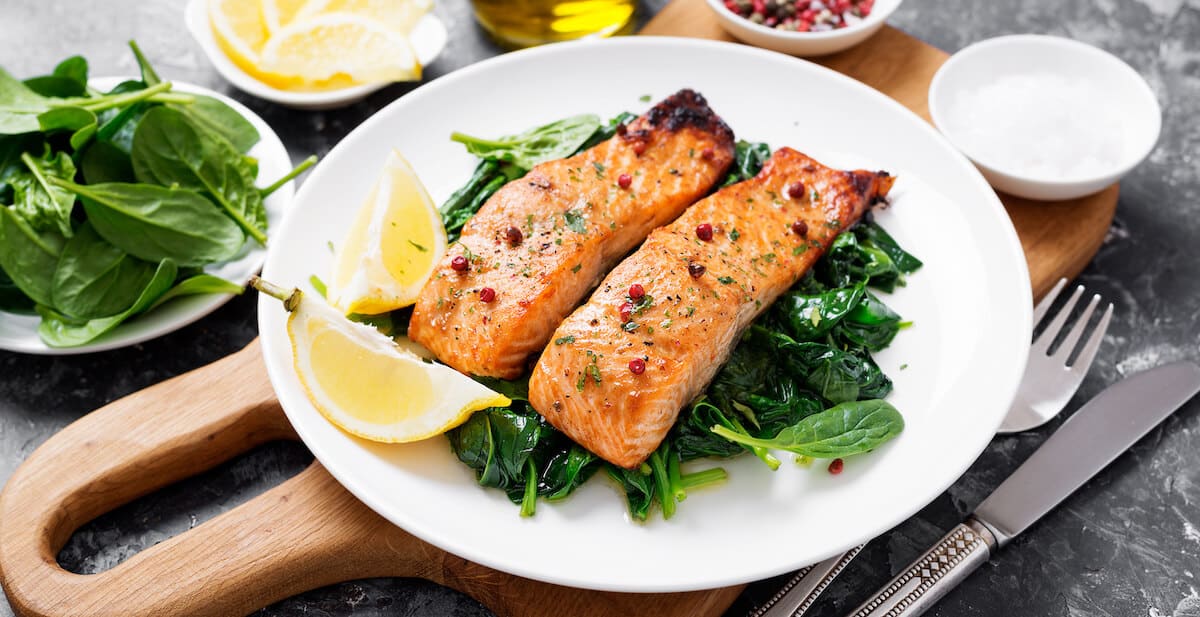
22 Nov The Bioavailability of Nutrients: Why It Matters
You probably eat what you consider to be a relatively healthy diet. And, certainly, eating plenty of whole foods has many health benefits. The question is: Can your body use what you’re eating?
Let’s dig down into what the bioavailability of nutrients means and why it’s so important. We’ll also clarify the difference between bioaccessibility and bioavailability and how to make sure you’re getting enough of the nutrients you need for optimal health.
What Is the Bioavailability of Nutrients?
When you consume food or supplements, your body begins a complex process that moves what you’ve eaten through your digestive system.
Along the way, the food breaks down into smaller and smaller components. This starts with how you chew and continues via the internal movement of your stomach and digestive enzymes. Exactly how much it’s broken down depends on how digestible the food is.
The bioavailability of micronutrients or macronutrients refers to the proportion of a food source that is finally absorbed and used by the body for physiological functions. This depends on a nutrient’s bioaccessibility. Bioaccessibility refers to how much of any given nutrient is released from the food matrix through digestion and is accessible for absorption.
The small intestine then absorbs some components of the digested food into the blood, sending them wherever they’re needed. For example, calcium goes to the skeletal system, and the amino acids that come from protein go to the organs, muscles, and bones. The rest of what you consume continues through the gastrointestinal tract (or GI tract) and is excreted from the body.
Why Is the Bioavailability of Nutrients Important?

Human nutrition is complex; your body needs specific nutrients from your dietary intake to operate correctly. These include macronutrients, micronutrients, and trace minerals.
You need the largest quantities of the macronutrients, which are:
- Protein
- Carbohydrates
- Healthy fats
You need less of the micronutrients, including the water-soluble vitamins:
- All the B Vitamins
- Vitamin C
And the fat-soluble vitamins:
- Vitamin A
- Vitamin D
- Vitamin E
- Vitamin K
And the essential minerals:
- Calcium
- Chloride
- Magnesium
- Phosphorus
- Potassium
- Sodium
- Sulfur
You only need small amounts of the trace minerals:
- Copper
- Fluoride
- Iodine
- Iron
- Manganese
- Selenium
- Zinc
You also need some fatty acids, including omegas-3s.
You can eat a mountain of food, assuming it’s giving you the macronutrients or sources of vitamins and minerals you need. Yet, eating a lot doesn’t guarantee the uptake of these vitamins and minerals — it all depends on the bioavailability of nutrients.
And if your body doesn’t get enough of these essential nutrients, it can’t function properly.
What Affects the Bioavailability of Supplements?
In nutritional science, the measurement of the bioavailability of nutrients can be confusing, and it’s often conflated with measurements of digestibility, like the PDCAAS method. It’s complicated further by the fact that bioavailability is usually measured by in vitro methods — in other words, by simulating digestion in a lab — rather than in vivo ones involving animals or humans.
In the real world, absorption of nutrients depends on many different factors, for example:
- Your age: As you get older, your digestive enzymes decrease, which makes digestion less effective.
- The health of your gastrointestinal tract: If you suffer from GI conditions, your body may find digestion more difficult, affecting the absorption of the food you eat.
- Your nutritional status: This is the state of your health resulting from the nutrients you get in your diet. It’s possible to eat a lot and still be malnourished because your body isn’t getting what it needs.
- The chemical form of the nutrient: For example, iron absorption from plant-based foods — which contain non-heme iron — is less effective than the absorption of the heme iron found in animal proteins.
- The structure of the food: Food science shows us that some foods, like meat or corn, have more complex tissue structures that are difficult for the body to break down, reducing the bioavailability of nutrients in that food.
- The combination of components in the food itself: For example, while legumes are extremely good for you in many ways, they also contain “anti-nutrients.” Polyphenols and phytates — or phytic acid — are antioxidants found in legumes that can bind with other nutrients, like iron, zinc, or calcium. They act as inhibitors, decreasing the absorption of those nutrients.
9 Ways to Increase the Bioavailability of Nutrients

Luckily, there are many fairly simple ways to increase the bioavailability of nutrients. These nine tips may help.
1. Get Enough Plant-Based Food
If you only eat plant foods, make sure you get enough sources of non-heme iron, like legumes, nuts, and grains. Also, look for foods with iron fortification in the grocery store. To get enough, plan to eat protein throughout the day, including protein snacks.
2. Reduce Anti-Nutrients
There are many ways to decrease the effect of anti-nutrients. You can grind grains or soak nuts, seeds, and legumes in water before you cook with them to improve their absorption. Or sprout them for a delicious and nutritious snack, salad, or stir-fry topping. Cooking reduces some anti-nutrients, too, for example, oxalates in foods like spinach, potatoes, and soy products.
3. Cut Up Foods
Some foods have rigid structures, and cutting them up before using them helps release more nutrients. For example, when you chop up your spinach, you’ll get more folate from it. For the same reason, chew your food well before you swallow it.
4. Eat a Good Mix of Raw and Cooked Food
Some foods are easier to digest and absorb when they’re cooked, like tomatoes, carrots, spinach, green beans, and celery. Others are better for you when eaten raw, like berries, nuts, onions, broccoli, and chocolate.
5. Eat Foods That Have Positive Effects on Each Other Together
For example, because Vitamin C — also known as ascorbic acid — acts as an enhancer for iron absorption, it increases iron bioavailability. So, eat foods high in Vitamin C, like tomatoes, spinach, or citrus with your protein.
6. Know What Nutrients Don’t Mix Well
Some foods have the opposite effect. For example, calcium decreases iron absorption, and calcium and zinc reduce the absorption of magnesium.
7. Follow the Directions on The Packaging of Dietary Supplements
For example, it’s usually recommended to take Omega-3s, the fat-soluble vitamins — Vitamins A, D, E, and K — and carotenoids like lycopene with a meal that contains dietary fat because the fat improves absorption. Healthy foods high in dietary fat include olive oil, cheese, eggs, and avocados.
8. Check the Formulations of Supplements and Their Bioactive Ingredients
There is enormous variability in quality and effect because of the differing bioavailability of nutrients. For example, magnesium glycinate is a better option for most people than magnesium citrate because the glycinate form is very well absorbed and less likely to cause diarrhea.
9. Look for Supplements Enhanced for Better Bioavailability
Some high-quality supplements have been optimized for higher bioavailability. For example, protein is a critical macronutrient. Once digested and the essential amino acids have been released, those amino acids are used to build and maintain your entire structural framework and tissues. It especially helps to build lean muscle mass, which we all need. Yet many people don’t get enough protein, especially if they’re extremely active or on the older side.
A highly bioavailable protein supplement brand like Ingredient Optimized can make all the difference between dragging yourself through the day and living your optimal life. Ingredient Optimized ioWhey Protein and ioPea Protein have been proven (using human test subjects) to be more bioavailable and promote increased muscle mass strength and recovery.
Look out for Ingredient Optimized protein in our partner products in-store or online today:
Aim to Improve the Bioavailability of Nutrients Every Day

Your body needs a wide range of nutrients to function at its best, but it may not get enough of them.
Bioavailability refers to how much of a particular nutrient in a food source is available for your body to absorb and use. This depends on many factors, including your health, the form of the nutrient, its preparation, and what you eat it with. Take the time to educate yourself about optimizing your nutrition. And when you need to supplement, be sure to choose top-quality, highly bioavailable brands like Ingredient Optimized. Your body will thank you.


